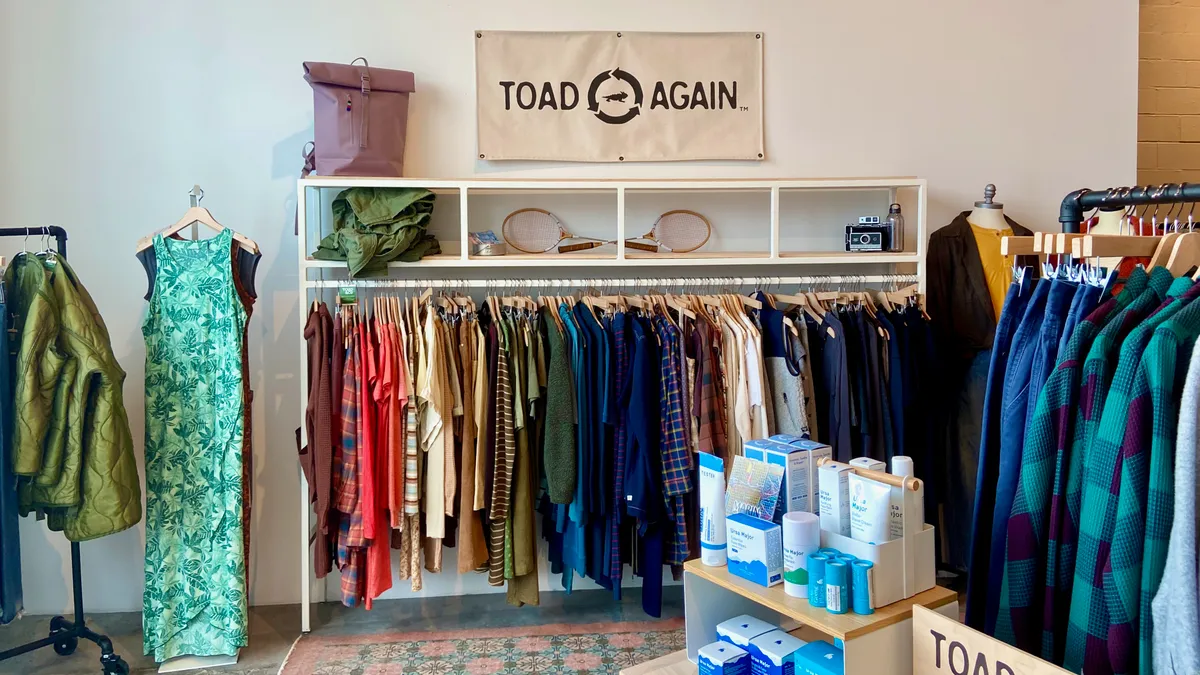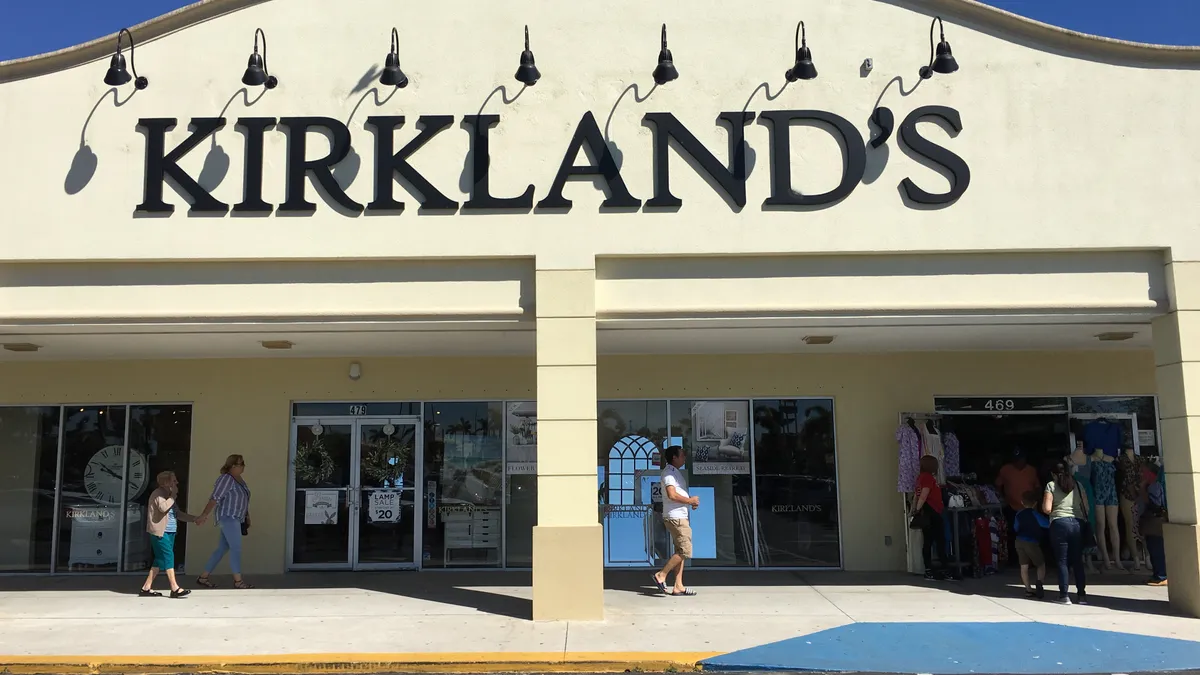Editor's note: The following is a guest post by Marcie Merriman, executive director in the Americas Advisory practice at Ernst & Young LLP. Views are her own.
Want a look at the future of brick-and-mortar retail? Stop by your local REI store.
There you will find associates who are passionate about the outdoors, who have used the gear the store offers and can tell you exactly what you need for your next skiing holiday or camping trip and exactly how to use it. Their employer picks up the tab for field trips and supplemental training, treats associates with respect, and pays them a living wage that signals management’s high regard for its workers and what they have to offer. No wonder those associates are so excited to get to work in the morning.
Operators of physical retail outlets might want to take notes on what REI is doing and apply its lessons to their own stores. Rather than devoting all their time and resources to building out their online capabilities and squeezing out costs, they might consider redirecting some of their focus to improving the physical retail experience for their customers and associates. Like REI, they could invest not just in capital projects, but in people with relevant expertise.
As consumer experiences evolve, so do the long-established rules of retail. For example, many retailers today continue to maintain roughly 80% of inventory in basics or items that consumers purchase on a consistent basis. The other 20% are the special, unique or limited-edition items – the things that can surprise and delight shoppers. But the 80/20 rule of the future looks much different. As technology advances and consumer expectations evolve, expect 80% of goods to be acquired autonomously. Consumers are already embracing the outsourcing of many retail experiences to analytics and smart devices — handing over the automation of hunting, negotiating, purchasing and delivering goods. Hitting 80% in the near future is not much of a stretch.
The other 20% is where consumers will expect to have fun with their shopping and purchases. These are the items they choose to be highly involved in acquiring, and their experience expectations will be off the charts. The new role of the store will be to enable these experiences through high-touch human interactions, made possible by passionate and knowledgeable associates.
"For most senior retail executives, gearing up for the future of brick-and-mortar and the new 80/20 rule means venturing deep into unfamiliar territory."

For most senior retail executives, gearing up for the future of brick-and-mortar and the new 80/20 rule means venturing deep into unfamiliar territory. It means understanding why, in a world where just about any product or service is instantly available online, shoppers would bother to visit a physical location. It means recognizing that shoppers would make the trip because they need something more than what they find in the digital world: face-to-face contact, empathy and deep expertise. Whether they want to figure out how to hook up a smart home, what dress to wear to a formal dinner, or what to pack for that dream wilderness vacation, they want to talk to someone who can offer them more knowledge and personal understanding than they can find with a quick online search.
That sort of high-value, high-touch interaction just isn’t available at stores that treat their associates as fungible commodities and their stores as product-fulfillment centers.
In both the physical and virtual worlds, product fulfillment is fast becoming the domain of AI, robotics and other technologies, with retailers, consumer products companies and e-commerce platforms racing to develop the best systems to anticipate consumer needs and deliver products to meet them. In this emerging environment, physical stores offer little in the way of competitive advantage, beyond being a pickup point.
What technology cannot fulfill, however, are human needs that remain unmet today and will continue to evolve in the future. One thing I’ve learned through my work is that as technological connections grow, so does the human need for meaningful connections. This need is what’s driving the experience economy. Whether in restaurants, travel groups, shared workspaces, yoga studios or spin classes, people are actively seeking intimate connection with other people, and finding it in spaces and communities like these.
"How can retailers secure a supply of these valuable resources? By looking outside the usual hiring pools."

Most retailers are late in sensing and reacting to this shift. It’s not too late to catch up, though. If they can accept that great products and an exciting environment will take them so far and no further, they can go to work shoring up their real differentiator — associates and associates who can deliver the human connection that can be found only in a brick-and-mortar location. In the next five to 10 years, specialty, high-touch, human-oriented expertise will become the key differentiator at retail. Stores will have smaller footprints where shoppers will interact with knowledgeable, highly specialized associates — and retail associates will enjoy heightened status as practitioners of a respected occupation.
How can retailers secure a supply of these valuable resources? By looking outside the usual hiring pools. Like their counterparts in other industries including hospitality and airlines, retailers can cast a wide net for people who are truly passionate about their work and whose enthusiasm is infectious. They will earn bonuses not based on hours worked and sales rung up, but based on their ability to anticipate and exceed customer expectations, the ways in which they act as an ambassador for the brand, and overall brand strength and performance.
This new model for retail employment doesn’t just benefit the retailer and the makers of the products it sells. It can benefit society as a whole by offering a wide range of people an opportunity to be genuinely effective in a respected, valued occupation. But to reap the benefits, retailers will need to jettison legacy systems and legacy ways of doing business. They’re no longer relevant in a world where entertainment, groceries, furniture, clothing and personal contact are instantly available with a few keystrokes on a smartphone. In this world, it’s the value that a capable retail associate can add — the expertise, social sensitivity and problem-solving skills — that will differentiate the good stores from the bad, the stores that will endure from those destined to fade from the scene.
Today’s struggling brick-and-mortar retailers can survive and thrive in this world. But first, they’ll need to shift their thinking about associates on the customer front line — realizing they are a critical asset, not an overhead cost — and invest in them as such.





















